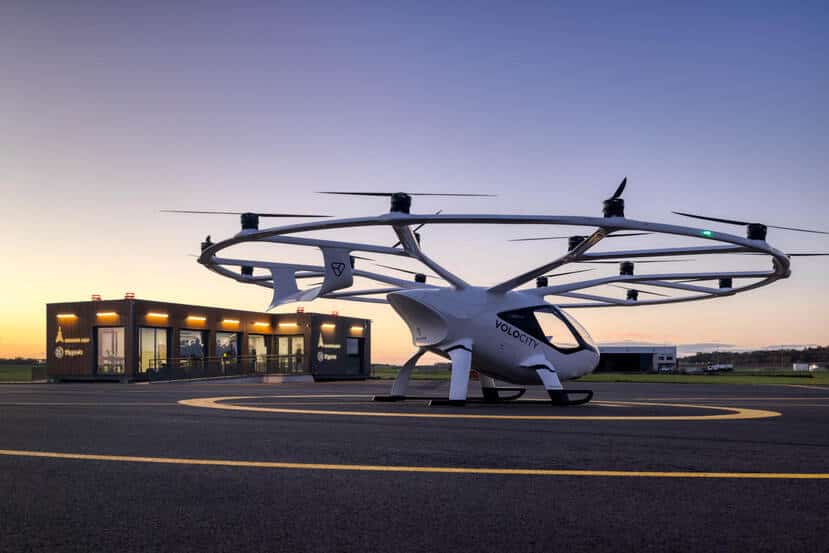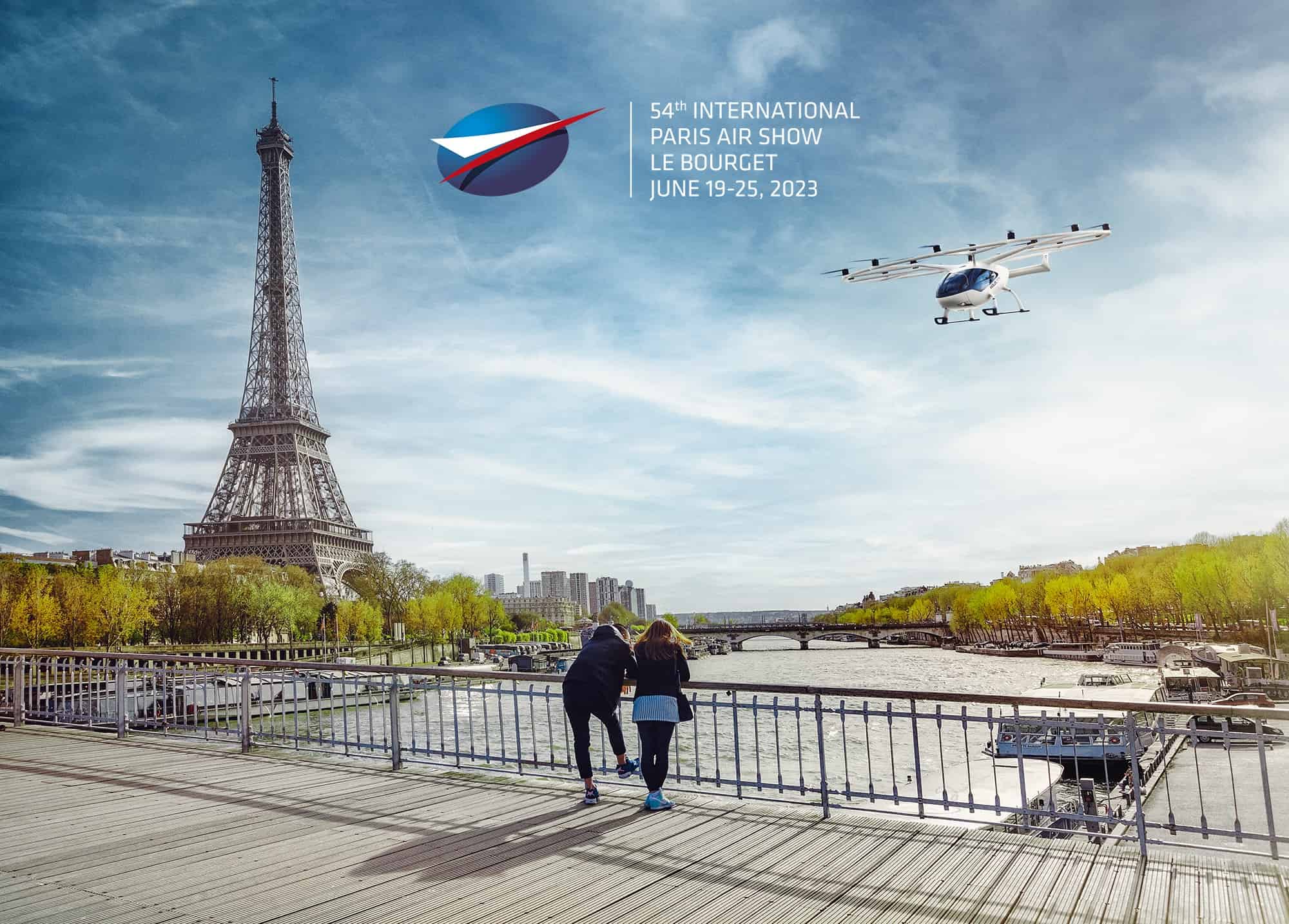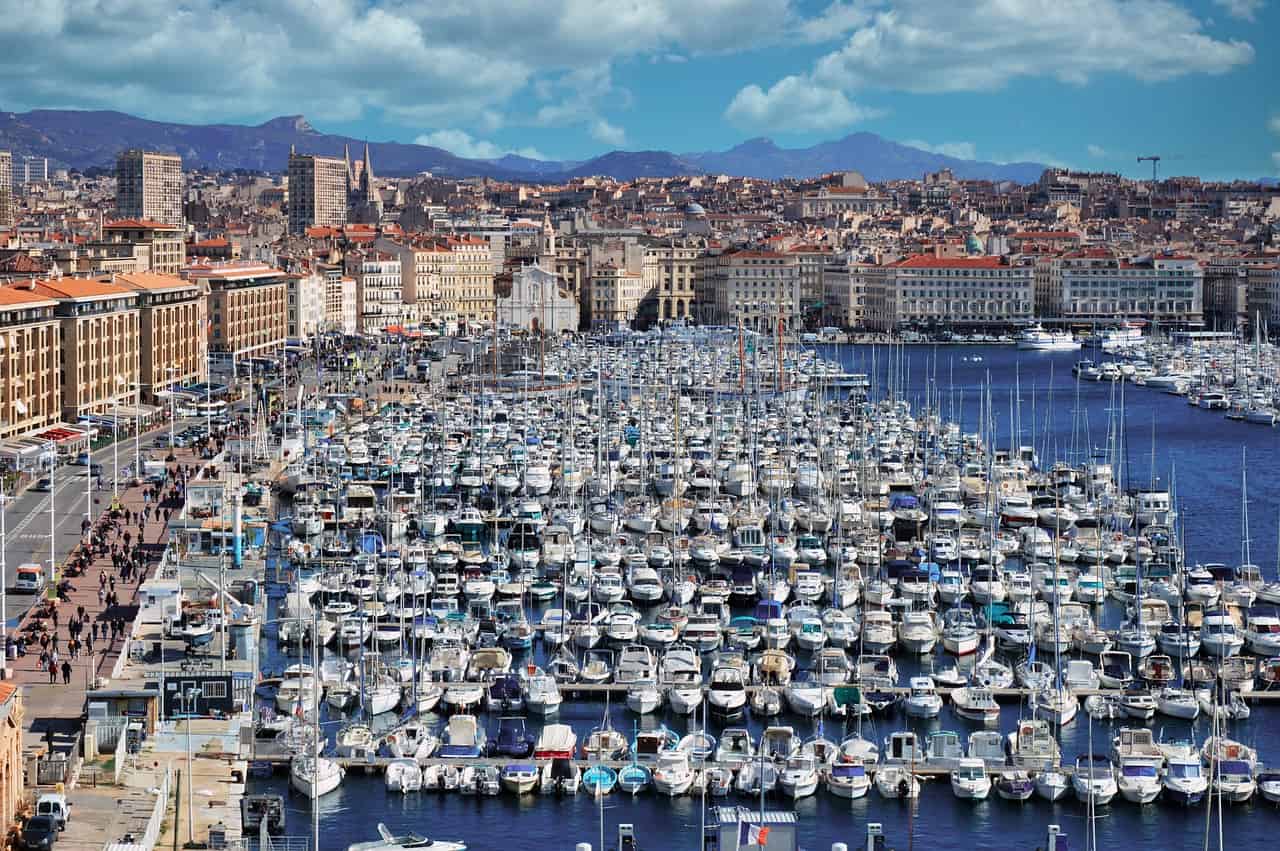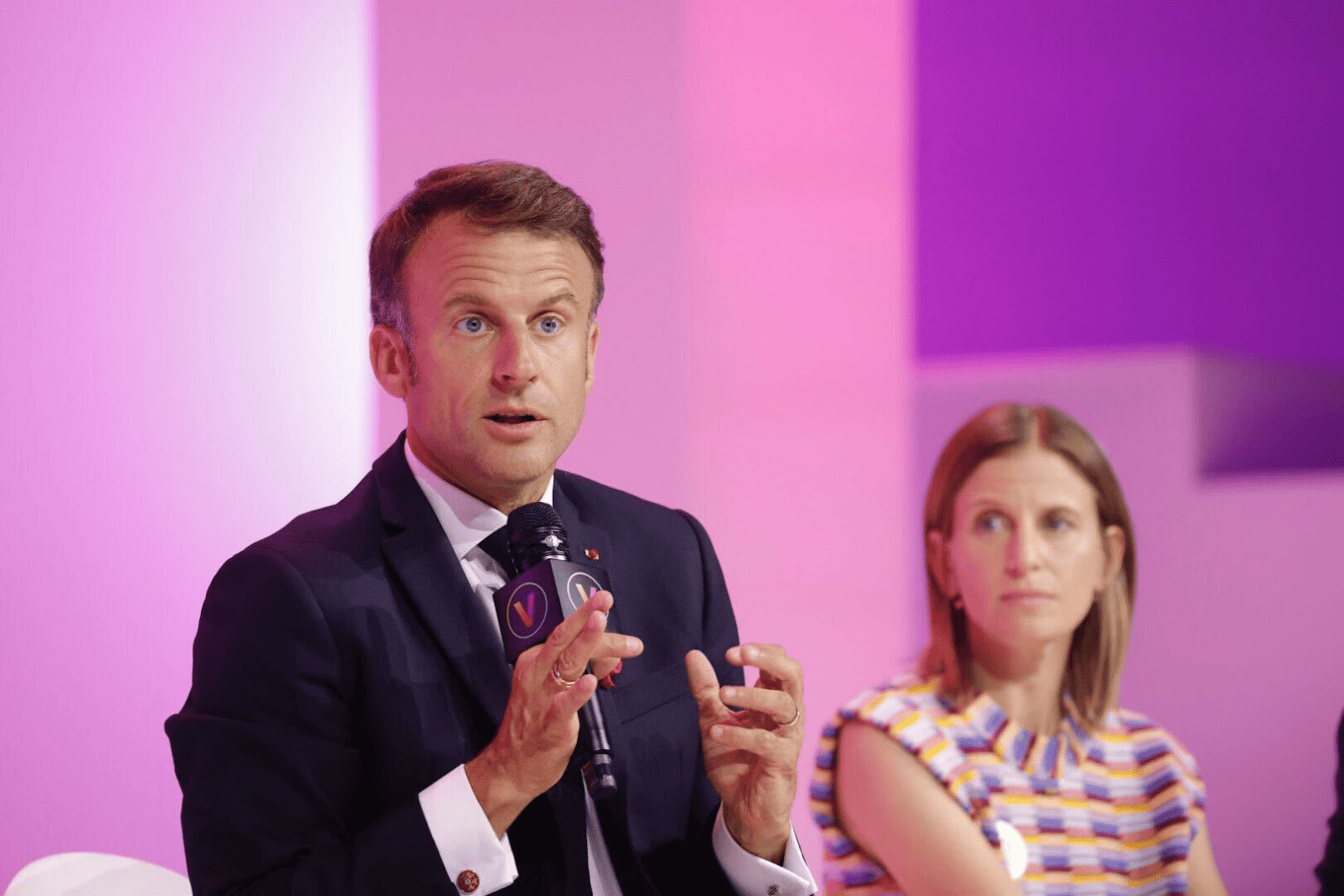
French airport group ADP plans to test three air cab routes in the Ile-de-France region during the 2024 Olympic Games in Paris, including one to the center of the French capital. However, these ambitious plans face some serious challenges, according to the Dutch embassy in Paris. A recent ruling by the “Autorité environnementale” (the French environmental authority) highlighted that VoloCity, the intended air cab model, consumes too much power and makes too much noise for use in the city center. The question is whether Volocity will have its paperwork in order in time.
For a year, the French airport group ADP, the Paris public transport company RATP, the Ile-de-France region, and the German manufacturer Volocopter have been conducting test flights of electric air cabs at Europe’s largest vertiport (takeoff and landing pad) in Pontoise, northwest of Paris.
The Vertical Takeoff and Landing (VTOL) aircraft used for these tests is the VoloCity, a two-seater vehicle with a range of 35-65 km and a cruising speed of 90 km/h. The aircraft is powered by 18 electric motors with as many propellers.
Three test routes
Three flight routes will be tested during the Olympics and in the following months until the end of December before these aircraft are expected to be deployed on multiple routes. During this test period, it is estimated that between 2,000 and 2,500 flights will be operated by about 10 aircraft.
The air cabs will operate flights between:
- Roissy and Le Bourget airports;
- the helicopter platform near Paris and Saint-Cyr-l’Ecole airport (Yvelines);
- the helicopter platform near Paris and the Gare d’Austerlitz vertiport in central Paris. This vertiport will be constructed on a pontoon in the Seine. This route to the Gare d’Austerlitz is the only one to the center of Paris. To avoid buildings, air cabs will have to fly over the Seine to the pontoon.
In addition, two sightseeing flights will be offered.
The choice of locations is of great importance because the tests with the air cabs during the Olympics aim to make VTOL aircraft more widely deployed. Several parameters will be tested, including their integration into air traffic, environmental impact, and, above all, acceptance by the local population. By 2026-2027, the first air cab model tested during the Olympics will be replaced by a new model capable of carrying three to four passengers. However, the timeline depends on obtaining certifications from the Civil Aviation Authority. The green light is expected in the spring of 2024.
Administrative hurdles
Before air cabs can become an everyday means of transportation for Parisian motorists, who are stuck in traffic for an average of 10 days and 6 hours each year, they must overcome quite a few administrative hurdles. On Sept. 8, the “Autorité environnementale” ruled that the VoloCity was not economical enough, with an energy consumption of 190 kWh/100 km compared to 15 kWh for an electric car. In addition, the environmental authority found that the air cab was too noisy for use in central Paris. A noise level of 65 decibels was measured during test flights.
Other concerns raised included visual pollution of areas where flights were not previously allowed, as well as safety and security issues for local residents. ADP announced that a public inquiry will take place between Nov. 6 and Dec. 8, as well as after the trial period begins in early 2025.







